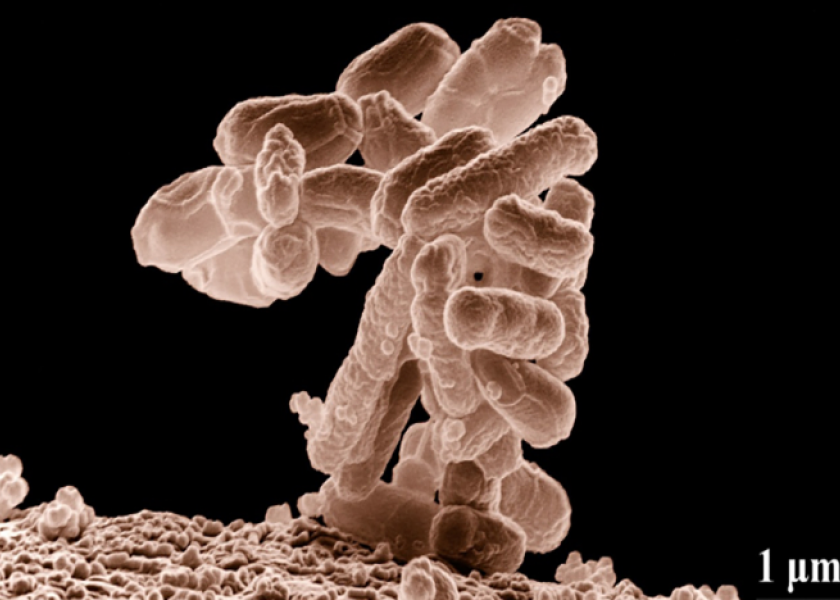Gut Reaction: How Rumen Microbes May Be the Future of Dairy Farming

You always knew there was something special about your favorite high-producing cow. Maybe her charming personality or her good frame. But did you ever admire the microbes in her rumen?
New research by Xue and colleagues published this year in the Journal of Dairy Science suggests you should. The microbe populations of cows with low milk production and low milk protein yield were compared to the microbe populations of cows with high milk production and high milk protein yield, according to the JDS article.
High-producing cows in Xue et al.’s study had fewer bacteria species in their rumens than low-producing cows, according to the JDS article. However, results suggest it may not be quantity, but rather quality, of bacteria species influencing milk production.
High-producing cows were more likely to have Succinivibrio species in their rumens, a species associated with increased feed efficiency. In contrast, low-producing cows had higher populations of Clostridium species in their rumens, species that can cause numerous health effects in cattle.
As you thank your high-producing cow for her rumen microbes, maybe start selecting your breeding program for those rumen microbes, too.
Research published last year in the Journal of Dairy Science by Gonzalez-Recio and colleagues suggests 48% of microbes are associated with the host’s genetic background. Although future research is still needed, researchers suggest it could have a major impact on future dairy management. Cows with genotypes harboring less-efficient microorganisms could be given specific diets to compensate, and breeding programs may target cattle with favorable microbiomes.
And as we speculate on where the future of dairy farming is headed, let’s not forget about the ever-present concern of cows’ methane emissions.
A study by Lyons and colleagues also published last year in the Journal of Dairy Science shows rumen microbe populations change across the lactation cycle, as do methane emissions. Is there a relationship? Researchers think there might be and are calling for future research.
So, with increased milk production and decreased methane emissions, we may need to stop admiring our favorite cows … and start admiring their rumen microbes.
Related Articles
The Role of Gut Microbes
The Effects of Probiotics on Calf Health and Productivity







